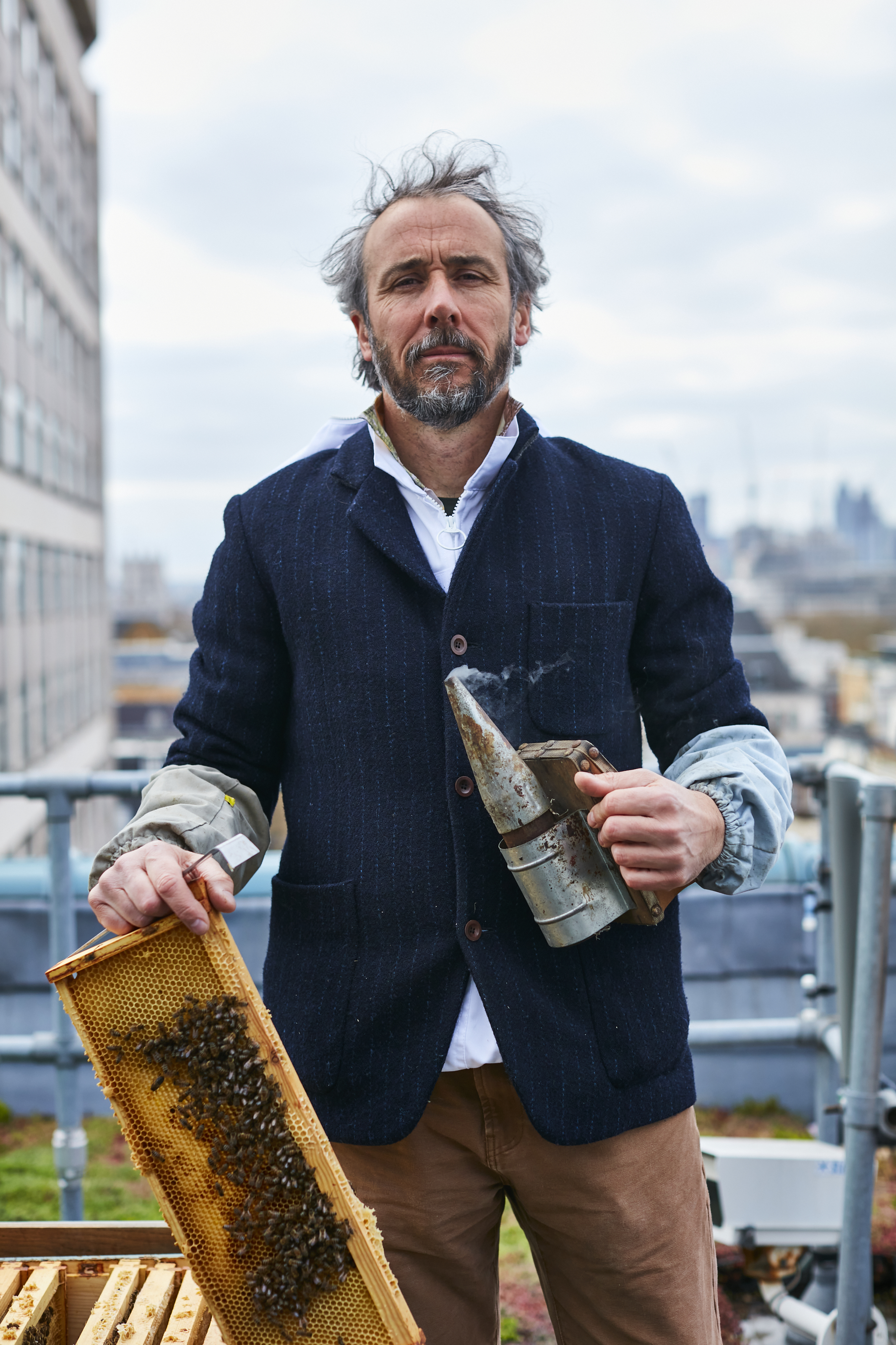Urban beekeeping — from the illegal rooftop hives in New York City to Chelsea Flower Show
Bees are vital for life on Earth because of their invaluable contributions to biodiversity, the fact that they pollinate plants and the products that come from them, such as honey and beeswax. Imagine a world without wonderful honey, a sweetener, spread and salve. In Greek mythology, the Gods feasted on ambrosia, believed to bestow power and immortality on the consumer and regularly associated with honey.
There are 276 species of bee in the UK — nearly all of which are found in London. Urban beekeeping is now a popular pastime, with more than 5,000 hives rumoured to be active in the capital, including in Islington gardens (above).

Notable locations include Fortnum & Mason and The Ritz hotel, as well as Kew Gardens, Buckingham Palace and Lambeth Palace. The two Clarence House hives are home to more than 90,000 bees and produce about 40lb of honey every single year (honeybees are not the only bee species who live in hives, but they are the primary honey producers). Clarence House resident The Queen is president of charity Bees for Development, which has a Balcony Garden at this year’s RHS Chelsea Flower Show. In a neat coincidence, the Tuesday of Chelsea (May 20) is World Bee Day.
The Bees of Development Balcony Garden is sponsored by The London Honey Company, which was established in 1999 by Steve Benbow (left). Inspired by the illegal rooftop beekeepers in New York, US, he started with a few hives on his roof overlooking Tower Bridge.
London honey can take on a staggering array of flavours, depending on which part of the city the bees who made it went foraging in for nectar. East London honey has undertones of citrus; north London honey is darker in colour and richer in flavour because of the abundance of wildflower species. East, north, south or west, it’s all delicious.

댓글
댓글 쓰기